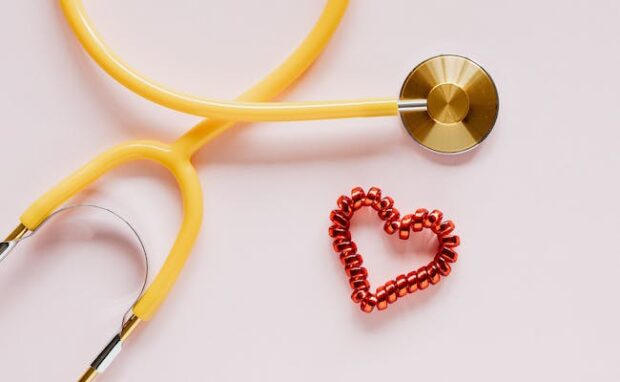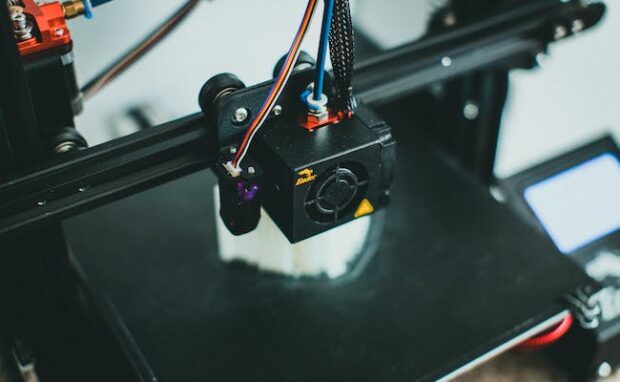World’s first partial heart transplant doubles patients saved
Duke Health recently succeeded in performing the world’s first partial heart transplant. It involves implanting new functioning valves into one’s heart that will grow with them. Consequently, a patient will not require frequent replacements via risky surgeries. More importantly, it could double the number of people saved by heart transplants!
Partial heart transplants are especially helpful for children with specific heart health conditions. Frequent surgeries can become extremely expensive and stressful for a child and their parents. Fortunately, this new procedure saves them from such risks while potentially saving another person, doubling its benefits.
This article will elaborate on the partial heart transplant procedure. Later, I will talk about another recent cardiovascular innovation: the project to 3D print organic hearts!
How does a partial heart transplant work?

Duke Health researchers have found a way to extract functioning valves and arteries to transplant them to a young patient. Consequently, the transplant grows with the person, merging with their heart as a natural component.
Previous procedures used artificial valves that did not grow with the child. As a result, the young patient required frequent replacements with surgeries with a 50% mortality rate.
In 2022. they first tested the procedure on an infant who needed a heart valve replacement. On January 2, Duke Health doctors published their findings in the Journal of the American Medical Association.
“This publication is proof that this technology works, this idea works, and can be used to help other children,” said Joseph W. Turek, the study’s first author and the leader of the landmark procedure.
The study also discovered the procedure requires around a quarter of the amount of immunosuppressant medication than a full heart transplant. As a result, partial heart transplants have the added benefit of saving patients from detrimental effects.
You may also like: Robots are transforming medical education
Turek also told Duke Health that opened an opportunity for a domino heart transplant. It involves saving two lives using one heart. For example, a patient has healthy valves but requires stronger heart muscles.
That person may receive a full heart transplant so that another may use their previous one for a partial transplant. As a result, it creates a domino effect of saving lives.
“You could potentially double the number of hearts that are used for the benefit of children with heart disease,” Turek stated. “Of all the hearts that are donated, roughly half meet the criteria to go on to be used for full transplant, but we believe there’s an equal number of hearts that could be used for valves.”
Another cardiovascular innovation

Patients needing transplants may wait for extended periods before getting one. That is why Mark Skylar-Scott and fellow Stanford researchers are developing a way to 3D print organs.
They start by taking stem cells, the ones our bodies use to create specialized cells. Next, they apply a special formula to transform them into organ cells for 3D printing tissue.
“Each line of stem cells we are developing are genetically engineered to respond to a specific drug,” he said. “Once they sense that drug, they differentiate into specific cell types.”
Their method places the exact types of cells needed at the correct spots, building layer by layer to form body parts. Skylar-Scott’s technique is an example of bioprinting, which uses living cells to create organ-like structures.
You may also like: Brain implants help disabled persons speak again
It is not a new concept, but it is usually slow. It prints one cell at a time. Consequently, printing a thousand per second will take over a thousand years to make a human heart.
However, the Stanford method sets itself apart by printing with cell clusters called organoids. “We take millions of those and condense them into what is essentially a human stem cell mayonnaise that we can then print through the printer,” Skylar-Scott said.
They take on the general shape of tissue that can have blood vessel networks printed within. The Stanford team printed a tube-like structure like a human vein that pumps fluid.
Conclusion
Duke Health successfully performed the first-ever partial heart transplant. They attached living blood vessels to a child so that the patient would not need more replacements via surgery.
The valves grow with the child, becoming a natural body part. Soon, adult patients may benefit by using discarded hearts with healthy vessels for partial transplants.
Learn more about this novel medical procedure on the JAMA Network. Also, check out more digital tips and trends at Inquirer Tech.